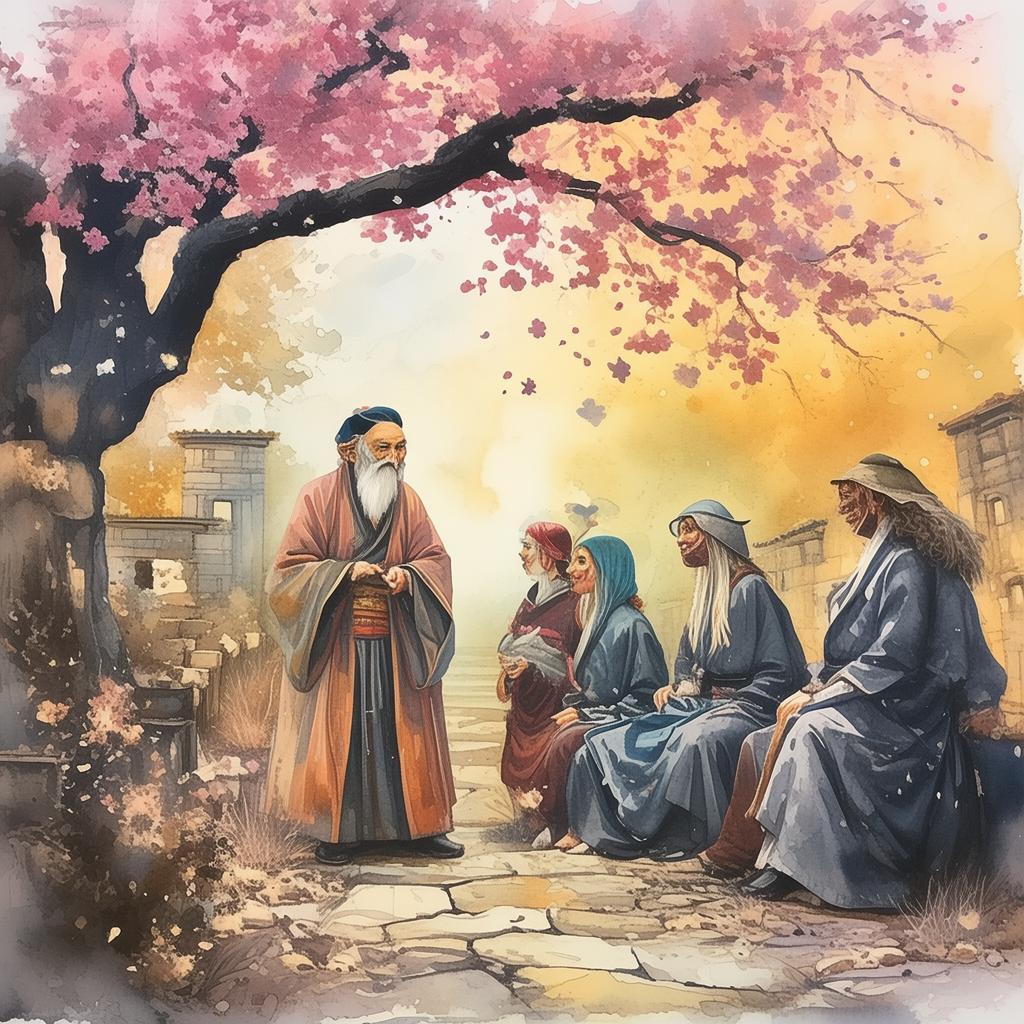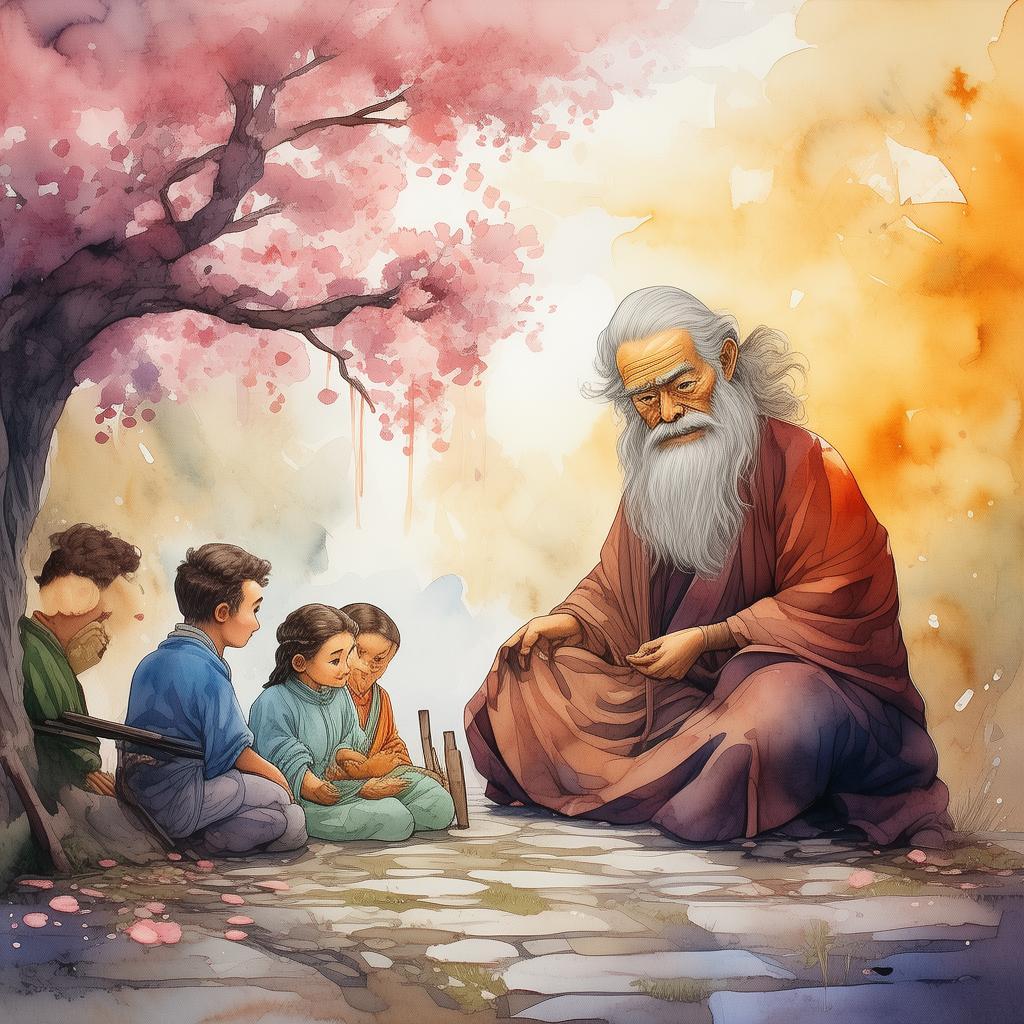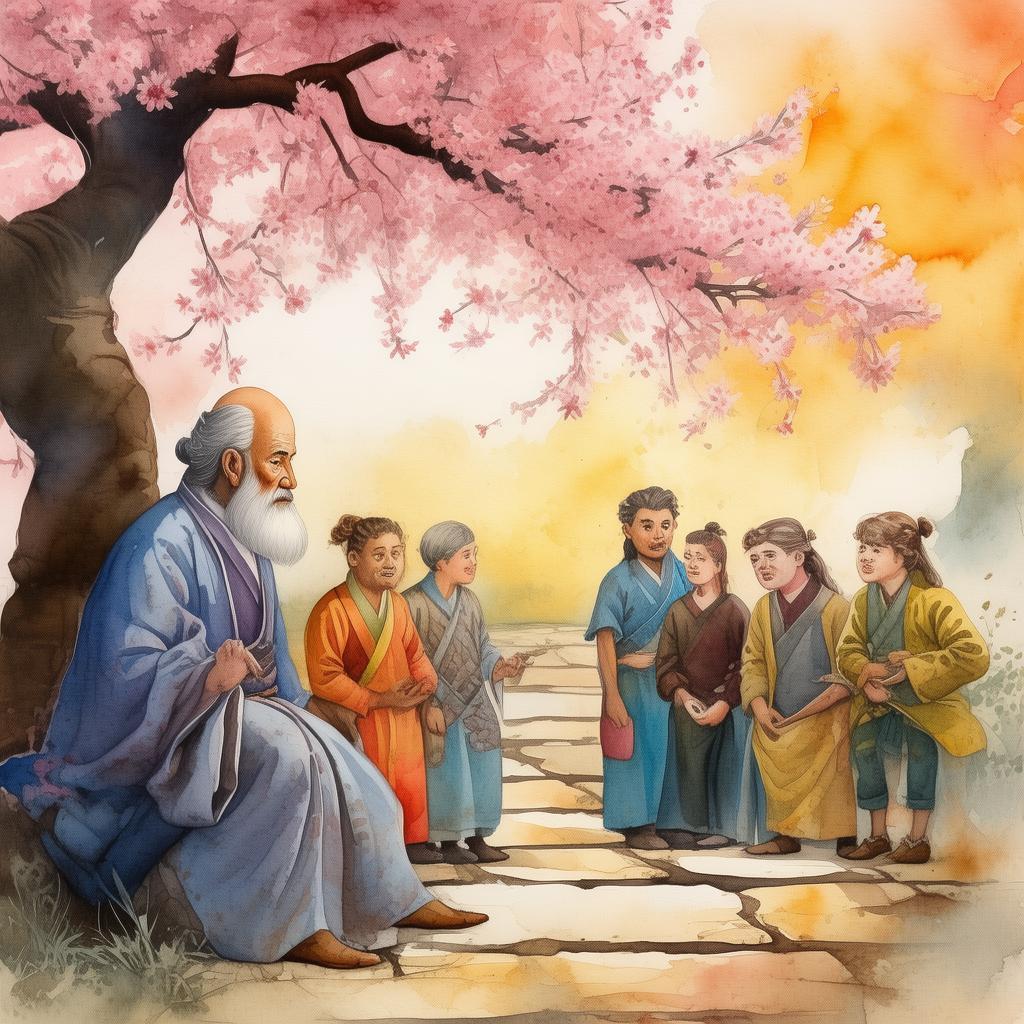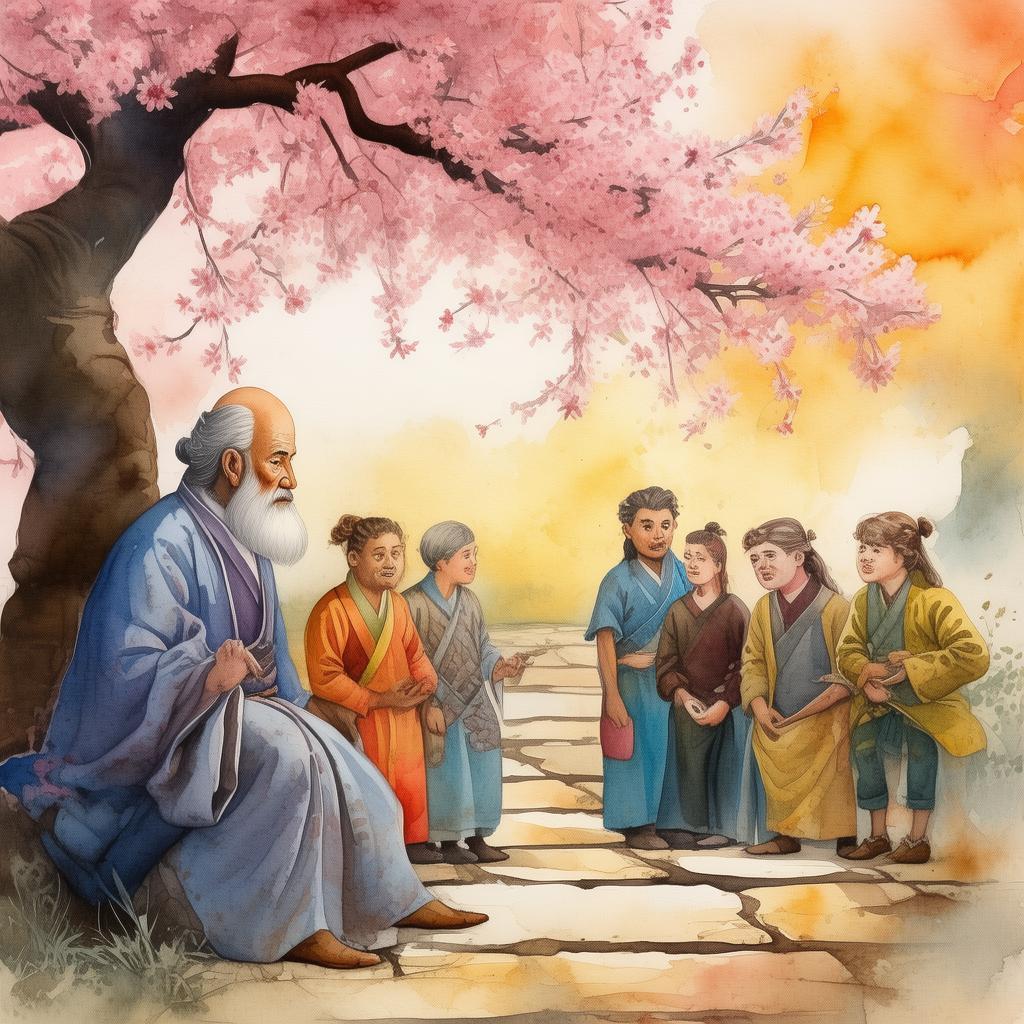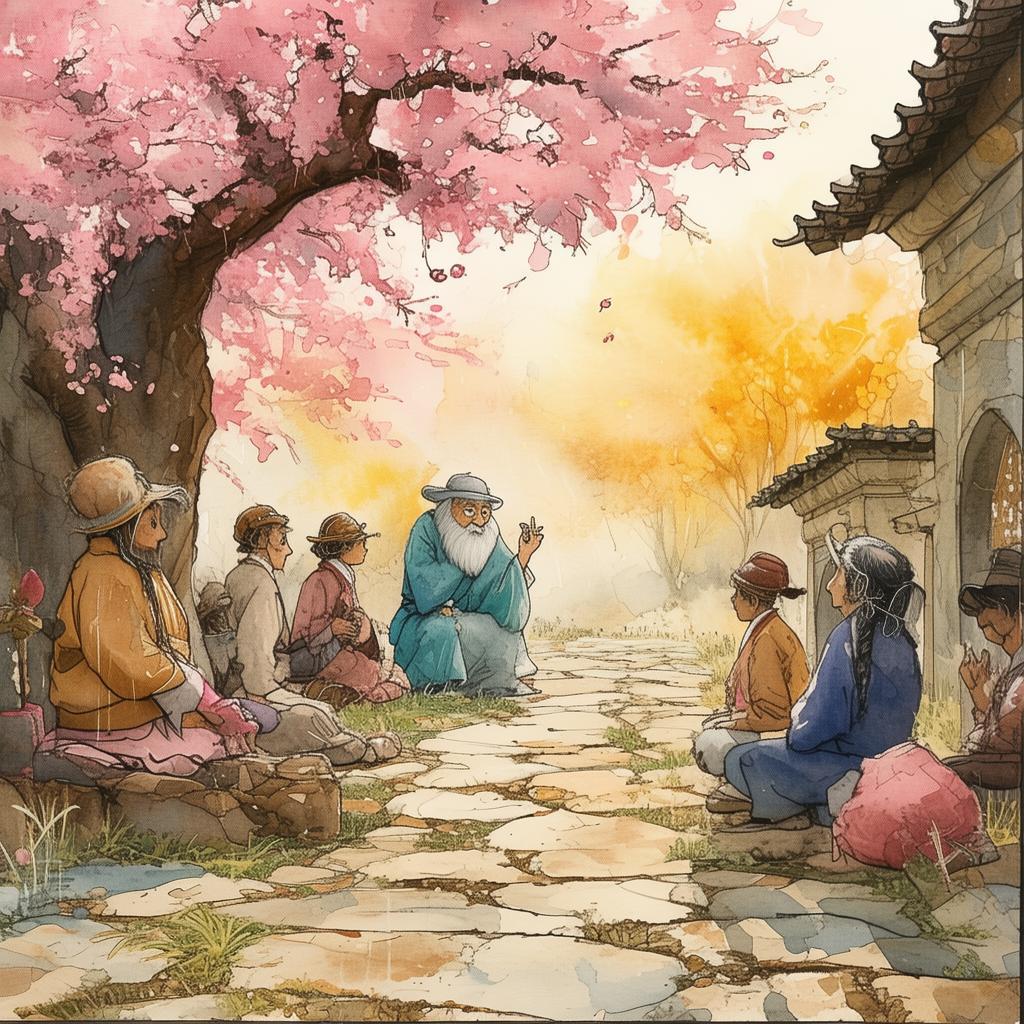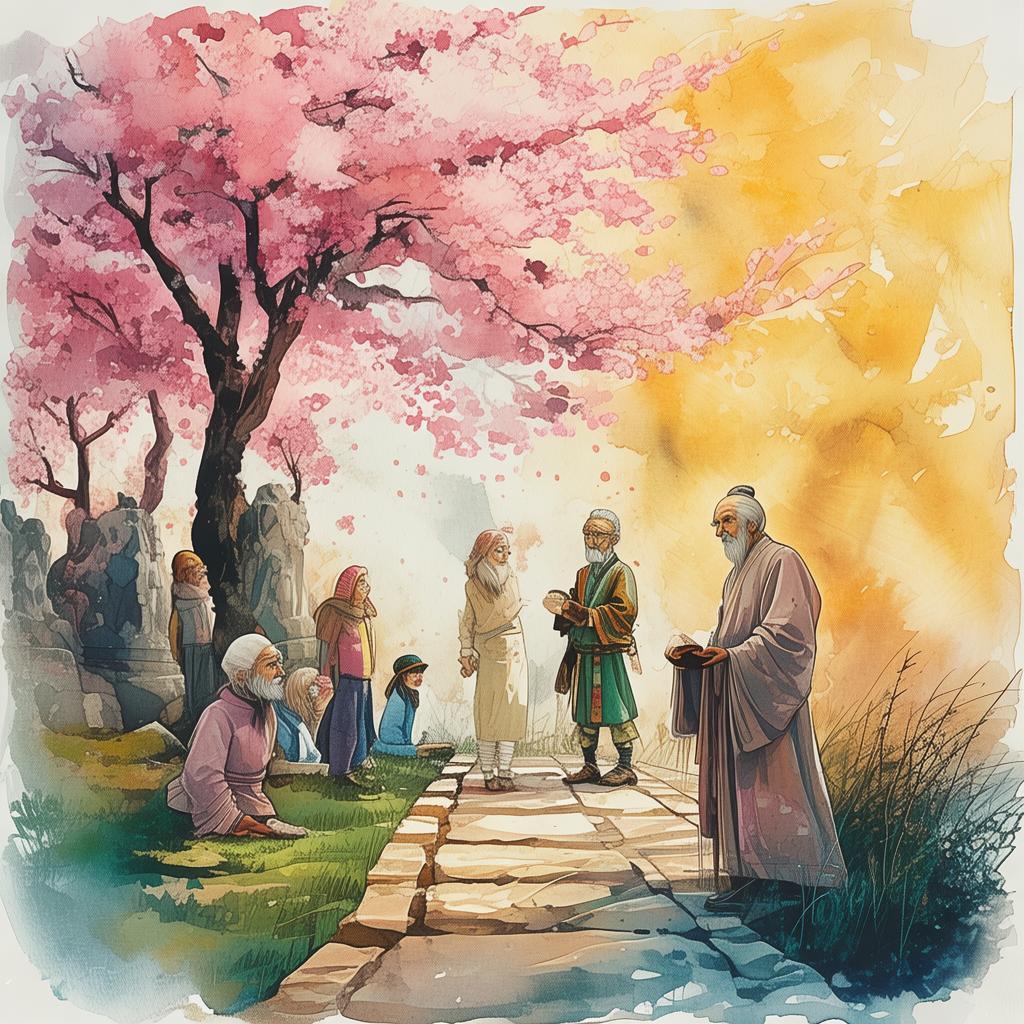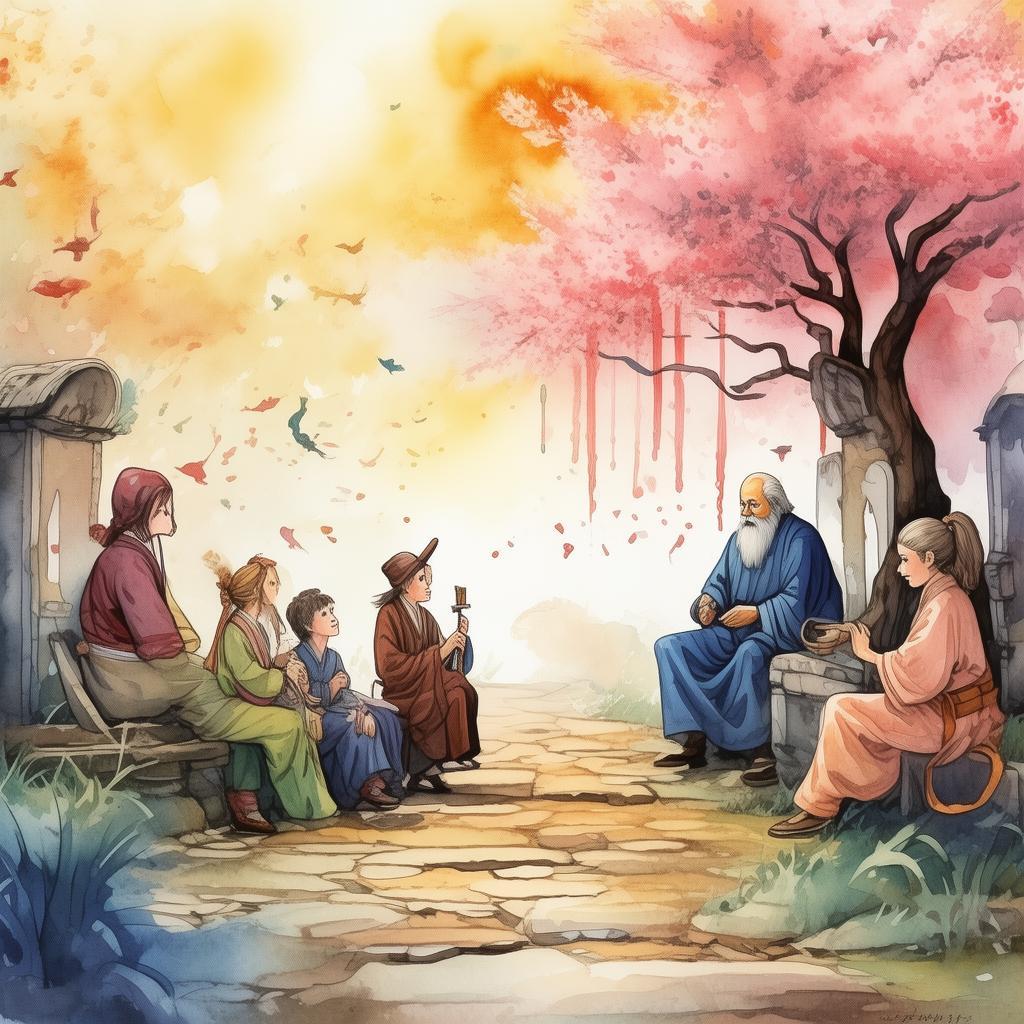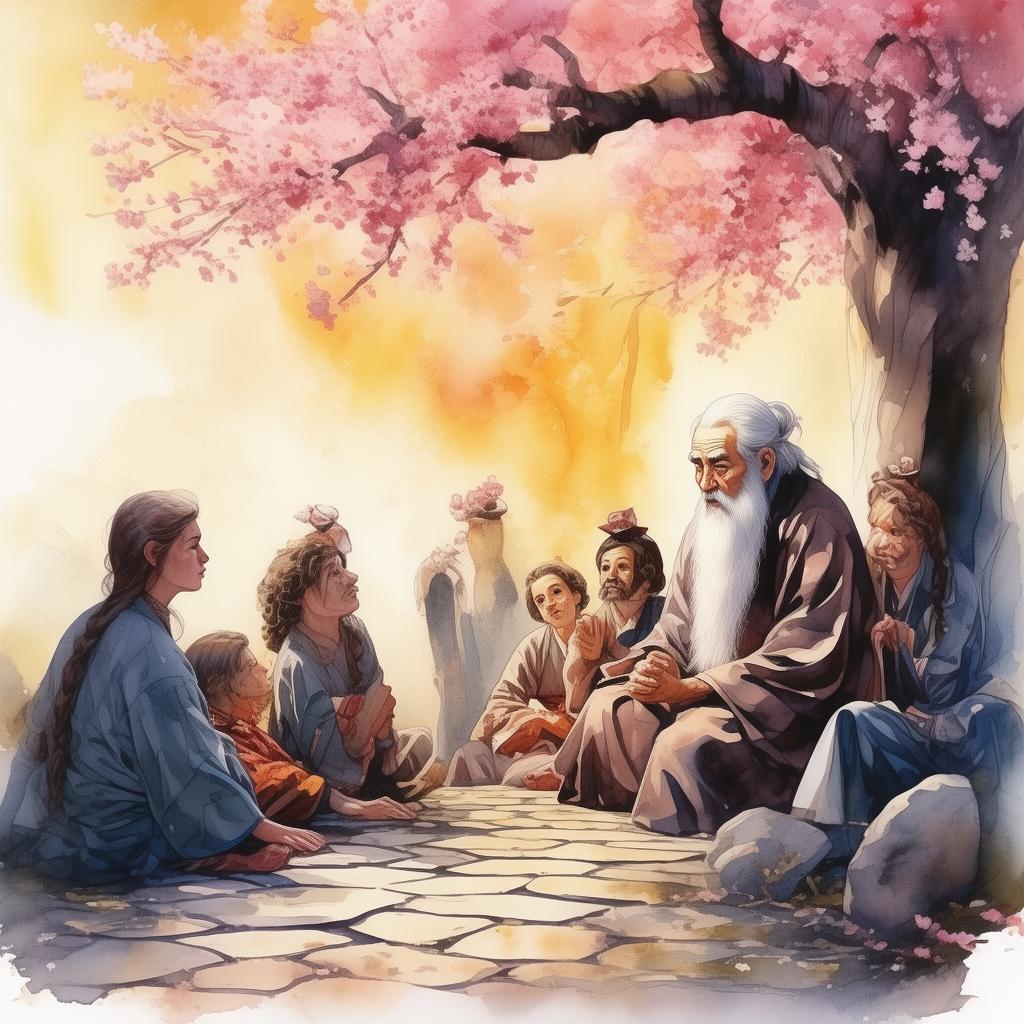Resurrection of the Rose
In a quaint village nestled between rolling hills and dense woods, there lived an old gardener named Mr. Lin. Mr. Lin was a man of few words but boundless affection for nature. He nurtured his garden with the same tenderness he would show his children, and in this garden stood a rose bush of extraordinary beauty, its petals a vibrant shade of crimson, its fragrance a sweet melody to the morning breeze.
The rose was a symbol of the village's heart and soul, a reminder of love and the enduring power of nature. But one fateful day, the village was struck by a terrible drought. The once lush garden withered, and the rose, in particular, seemed beyond salvation. Its petals drooped, and its leaves turned yellow and fell to the ground.
The villagers, heartbroken, whispered among themselves that the rose was as dead as the dream of love itself. But Mr. Lin, though his heart was heavy with sorrow, held onto a flicker of hope. He watered the soil with his tears, whispered words of love and encouragement to the rose, and waited for a miracle.
Days turned into weeks, and weeks into months. The garden remained barren, but Mr. Lin did not give up. He believed that somewhere in the heart of the rose lay a spark of life that could be reignited.
One late evening, as the sun dipped below the horizon, casting a golden glow over the garden, Mr. Lin heard a faint whisper. It was the rose, speaking in a voice so soft and tender that it brought tears to his eyes. "Please, Mr. Lin, do not give up on me," it seemed to beg.
The old gardener's heart leapt with joy and a renewed sense of purpose. He spent every waking moment nurturing the rose, feeding it with the essence of his love. The garden began to stir, and as if by magic, new leaves sprouted from the withered branches.
Weeks passed, and slowly, the rose began to bud. The petals unfolded, each one more beautiful than the last, and the fragrance grew stronger, filling the air with a sweet and soothing melody. The rose had been reborn, a testament to the enduring power of love and hope.
Word of the rose's miraculous revival spread far and wide. Visitors came from all corners of the land to witness the miracle, to see with their own eyes the transformation that love could bring. The rose, once a symbol of the village's heartbreak, had become a beacon of hope, a reminder that even in the darkest times, there was always a light.
One day, a young woman named Mei walked into the garden. She was a painter, seeking inspiration for her next masterpiece. As she gazed upon the rose, her eyes filled with wonder and tears. She had once loved deeply, but her heart had been shattered. She had given up hope that love could ever touch her again.
The rose seemed to sense her pain and reached out to her. Mei felt a warmth envelop her, and as she leaned closer, she saw the reflection of her own heart in the petals. She realized that love was not a fleeting emotion but a lifelong journey, one that required patience and resilience.
That night, Mei returned to her village, inspired by the rose's story. She painted a canvas, not of the rose, but of her own heart, a heart that had found a way to love again. The village buzzed with her artwork, and as it was displayed for all to see, it became a symbol of healing and hope, much like the rose itself.
The rose's revival had changed not only the village but also Mei's life. It showed her that even when all seemed lost, there was always a chance for redemption. And so, the garden, with its now ever-blooming rose, remained a testament to the transformative power of love, a reminder that life, like the rose, could be reborn.
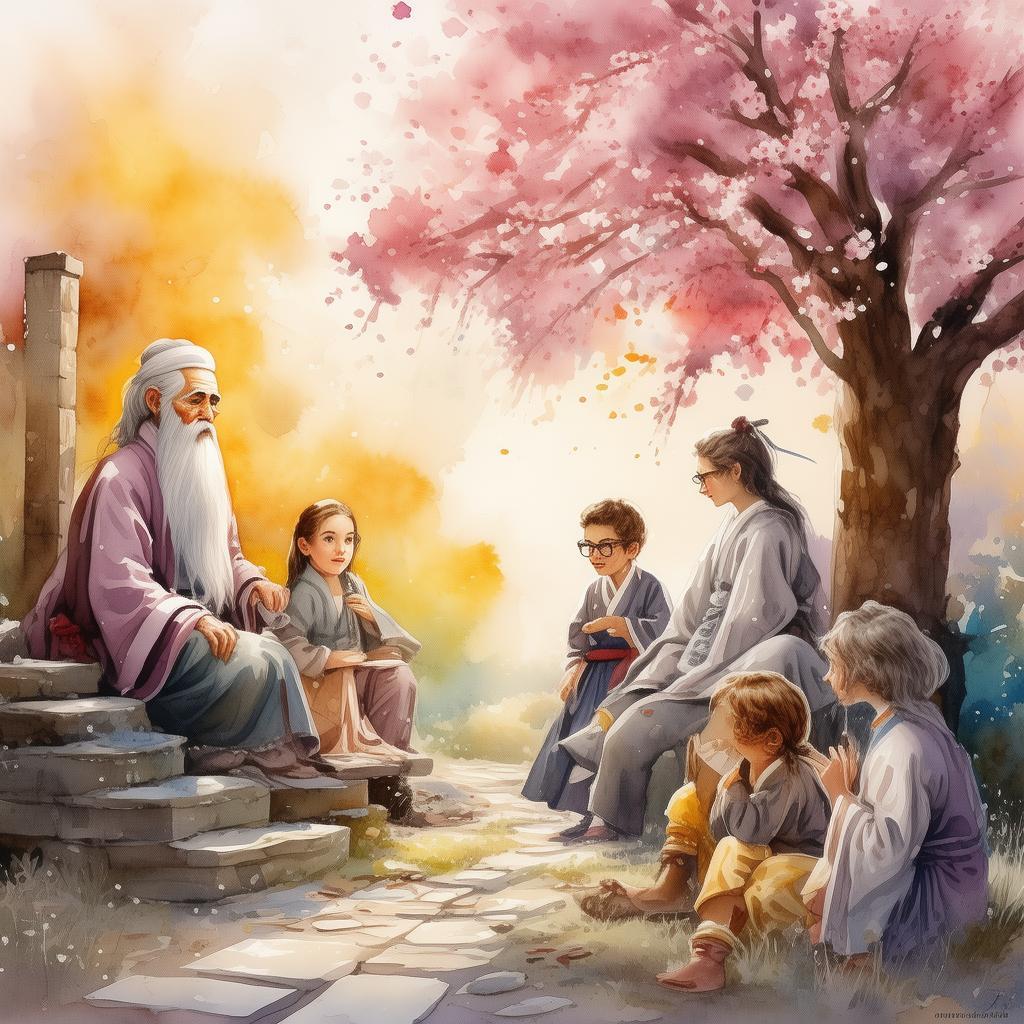
In the heart of the village, amidst the whispers of despair and the crackling of withered leaves, there stood a rose bush. Once a beacon of beauty and hope, the rose had fallen victim to a relentless drought. Its petals, once radiant, had withered and fallen, leaving behind a lifeless branch that seemed to cry out for love and care.
It was in this desolate state that Mr. Lin, the village's old gardener, found himself. His eyes met the rose's forlorn silhouette, and in that moment, a silent vow was made. "I will not let you die," he whispered to the air, as much to himself as to the rose.
Every day, Mr. Lin visited the garden, his heart heavy but determined. He brought water from a distant well, the droplets falling like tears upon the barren soil. He spoke to the rose, sharing his dreams and fears, his hopes and sorrows. The garden began to stir, as if listening to his words, as if the rose itself was drawing strength from his love.
As weeks turned into months, the garden's lifeless landscape started to change. The soil, nourished by Mr. Lin's care, slowly absorbed the essence of his affection. The rose, in a testament to love's resilience, began to bud. New life emerged from the roots, and soon, the first sprout pushed through the ground.
The villagers, who had long since written off the rose, watched in amazement as it slowly began to transform. The sprout grew into a stem, which in turn produced delicate leaves. Each new leaf was a promise, a testament to the fact that life could indeed be reborn.
And then, one day, the rose bloomed. Its petals unfurled with a grace that belied the trials it had endured. The once vibrant crimson of the rose was now a deep, life-affirming red, its fragrance stronger than ever, a melody that seemed to fill the air with joy and hope.
Mei, a young painter who had been deeply affected by the drought, came to the garden one day. She saw the rose and was filled with a sense of awe and wonder. The rose, in her eyes, was more than a flower; it was a symbol of love's ability to overcome adversity, a testament to the fact that even the most desolate landscapes could be transformed by love and care.
In an act of gratitude and inspiration, Mei decided to paint the rose. She captured not just its beauty but also the spirit of resilience and hope that it embodied. The painting, a vivid representation of Mei's own emotional journey, became the talk of the village. It reminded the villagers that love could not only heal but also inspire.
As the news of the rose's revival spread, it touched the hearts of many. The village, which had been divided by the drought, found itself coming together once more. The rose became a symbol of community, a reminder that even in the darkest times, there was always a glimmer of light to be found.
In the end, the rose's revival was more than just the rebirth of a plant; it was a story of love and resilience that resonated with the entire village. It showed that love, like the rose, could transform the world, one petal at a time.
✨ Original Statement ✨
All articles published on this website (including but not limited to text, images, videos, and other content) are original or authorized for reposting and are protected by relevant laws. Without the explicit written permission of this website, no individual or organization may copy, modify, repost, or use the content for commercial purposes.
If you need to quote or cooperate, please contact this site for authorization. We reserve the right to pursue legal responsibility for any unauthorized use.
Hereby declared.
